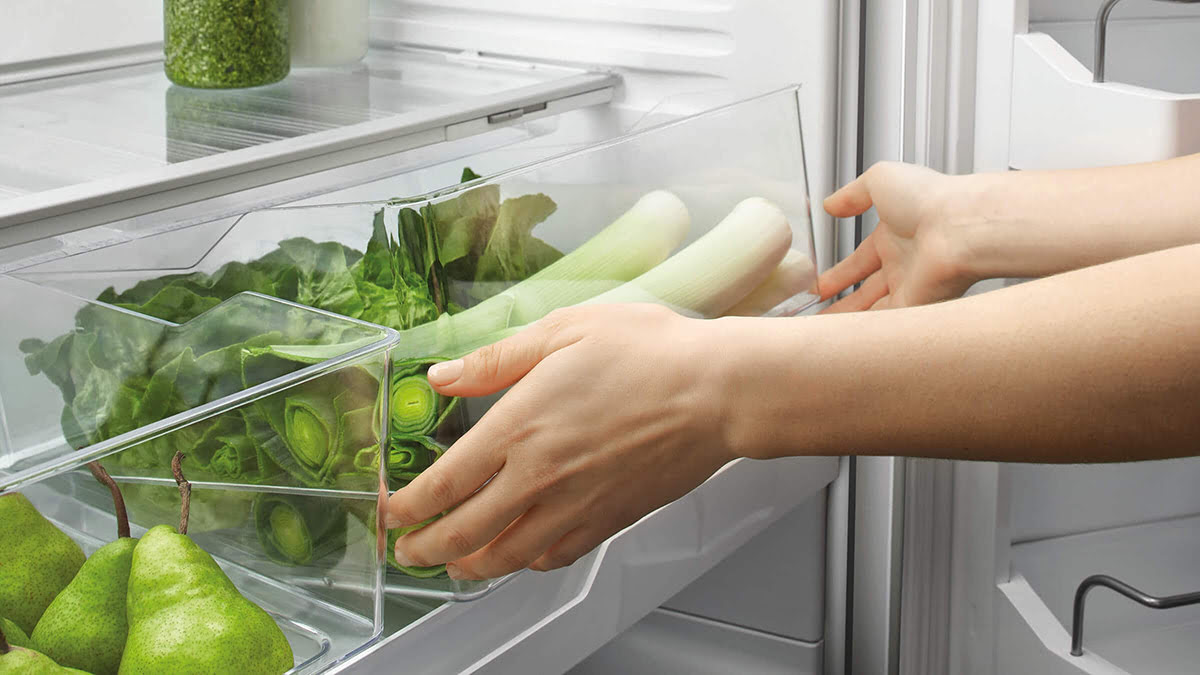

Articles
How To Store Leeks In The Fridge
Modified: May 6, 2024
Learn how to store leeks in the fridge to keep them fresh and maximize their shelf life. Read our articles for helpful tips and tricks!
(Many of the links in this article redirect to a specific reviewed product. Your purchase of these products through affiliate links helps to generate commission for Storables.com, at no extra cost. Learn more)
Introduction
Leeks are a versatile and flavorful vegetable that can bring a delightful taste to a variety of dishes. Whether you’re making a hearty soup, sautéing them as a side dish, or adding them to a salad, properly storing leeks is essential to maintain their freshness and quality.
Storing leeks in the refrigerator is the best way to preserve their flavor and prevent them from spoiling. The cool temperature helps to slow down the natural deterioration process, keeping the leeks crisp and flavorful for a longer time.
In this article, we will explore the importance of storing leeks in the fridge, how to select and prepare leeks for storage, the proper storage containers to use, and step-by-step instructions for storing leeks in the fridge. We’ll also discuss how long leeks can last in the fridge and the signs of spoiled leeks. Finally, we’ll share some tips on how to maximize the shelf life of leeks to ensure you can enjoy them for as long as possible.
By following the guidelines in this article, you can extend the freshness of your leeks and have them readily available whenever you need them, helping you to reduce food waste and save money.
Key Takeaways:
- Properly storing leeks in the fridge preserves their freshness, reduces waste, and makes them easily accessible for cooking, ensuring you can enjoy their delightful taste for an extended period.
- Selecting fresh leeks, cleaning and preparing them, using suitable storage containers, and monitoring their freshness regularly are essential steps to maximize the shelf life of leeks in the fridge.
Read more: How To Store Leeks In Freezer
Why Store Leeks in the Fridge?
Storing leeks in the refrigerator is crucial for maintaining their quality and extending their shelf life. Here are a few reasons why you should store leeks in the fridge:
- Preserve freshness: The cold temperature of the fridge helps to slow down the enzymatic activity in leeks, which in turn slows down the deterioration process. Storing leeks at a lower temperature helps maintain their crispness and flavor for a longer period.
- Prevent bacterial growth: Leeks, like other vegetables, can harbor bacteria that can lead to spoilage. Storing them in the fridge reduces the risk of bacterial growth and helps keep them safe to consume.
- Reduce waste: Properly storing leeks in the fridge can significantly reduce food waste. When leeks are stored at room temperature, they tend to wilt quickly and become unfit for consumption. By refrigerating them, you can extend their freshness and utilize them in your cooking before they go bad.
- Convenience: Storing leeks in the fridge keeps them easily accessible for your culinary endeavors. You can simply open the fridge and grab a fresh leek whenever you need one, saving you time and effort.
Overall, refrigerating leeks is the best way to ensure their longevity and preserve their flavor. It helps to maintain their freshness, prevent spoilage, reduce waste, and make cooking with leeks more convenient.
Selecting Fresh Leeks
When it comes to selecting fresh leeks, there are a few key factors to look out for:
- Appearance: Choose leeks that have crisp, firm, and bright green leaves. The outer layers should be free from wilting, browning, or signs of decay.
- Size: Opt for medium-sized leeks, as they tend to be more tender and have a milder flavor compared to larger ones. Leeks that are too small may lack the desired texture, while very large leeks can be tougher and more fibrous.
- Bulb: The bulb, which is the bottom part of the leek, should be compact and white, without any discoloration or soft spots.
- Scent: Give the leek a gentle squeeze and sniff. Fresh leeks should have a mild, slightly sweet aroma. Avoid leeks that have a strong or unpleasant odor, as this may indicate spoilage.
It’s important to note that the quality and freshness of leeks can vary based on the season. Leeks are typically at their best during late winter and early spring when they are harvested. However, they are generally available year-round in most grocery stores.
When purchasing leeks, it’s best to buy them as close to the time you plan to use them as possible. This way, you can ensure they are at their freshest and will last longer when stored in the fridge.
By selecting fresh and high-quality leeks, you lay the foundation for storing them properly and enjoying their flavor and texture in your culinary creations.
Preparing Leeks for Storage
Properly preparing leeks before storing them in the fridge is essential to maintain their freshness and quality. Here are the steps to follow when preparing leeks for storage:
- Cleaning: Leeks can often have dirt and grit trapped between their layers. To clean them, start by trimming off the dark green leaves, leaving only the tender white and pale green parts. Slice the leeks vertically, stopping just before the root end, and fan out the layers under cold running water. Gently rub the layers to remove any dirt. Rinse them thoroughly and pat dry with a clean towel.
- Trimming: Once the leeks are clean and dry, trim off the root end and any tough or damaged sections. Make sure to remove any wilted or discolored outer layers as well.
- Cutting: Depending on your preference and the recipes you plan to use them in, you can cut the leeks into various sizes. Common options include slicing them into rings, cutting them into strips, or chopping them into smaller pieces. Choose a cutting style that suits your needs and culinary preferences.
- Separating the layers: If desired, you can separate the layers of the leek after cutting them to create individual pieces. This can be useful when you want to use smaller portions of leeks in different dishes.
Once the leeks are prepared, it’s important to store them in a suitable container to maintain their freshness and prevent cross-contamination in the fridge.
Remember, proper preparation of leeks ensures that you start the storage process with clean, trimmed, and ready-to-use vegetables. This step is crucial for maximizing the shelf life of your leeks and keeping them in optimal condition for as long as possible.
Proper Storage Containers for Leeks
When storing leeks in the fridge, choosing the right storage container is essential for maintaining their freshness and preventing them from drying out. Here are some options for proper storage containers for leeks:
- Plastic bags: Zip-top plastic bags or produce bags are a popular choice for storing leeks. Place the cleaned and prepared leeks inside the bag, squeeze out any excess air, and seal it tightly. This helps to retain moisture and keep the leeks crisp.
- Plastic containers: If you prefer a more rigid storage option, you can use plastic containers with lids. Make sure the container is clean and dry before placing the leeks inside. Opt for a container that is spacious enough to accommodate the leeks without compressing them too tightly.
- Glass containers: Glass containers with airtight lids are another excellent choice for storing leeks. They are non-reactive, so they won’t absorb any odors or affect the flavor of the leeks. Glass containers also allow you to see the contents without opening them, making it easy to identify the leeks in your fridge.
- Veggie bags: Specialized vegetable storage bags with microperforations can help to regulate the moisture levels around the leeks and prevent them from getting slimy. These bags allow for proper air circulation while keeping the leeks fresh.
- Bundling: Another storage option is to bundle the leeks together and secure them with a twist tie or kitchen twine. This method works well if you have a few leeks and want to keep them together in one neat package.
Whichever storage container you choose, make sure it is clean, dry, and free from any contaminants. It’s also important to label the container with the date of storage to keep track of the leeks’ freshness.
By using the right storage container, you can ensure that your leeks maintain their moisture, texture, and flavor while being stored in the refrigerator.
Read more: How To Harvest Leek Seeds
How to Store Leeks in the Fridge
Storing leeks in the refrigerator is a simple and effective way to keep them fresh for an extended period. Follow these steps to store leeks in the fridge:
- Clean and prepare the leeks: Start by cleaning the leeks thoroughly, removing any dirt or grit between the layers. Trim off the dark green leaves, leaving only the tender white and pale green parts. Slice the leeks vertically and rinse them under cold running water, rubbing the layers to remove any remaining dirt. Pat them dry with a clean towel and trim off the root end and any tough sections.
- Choose a storage container: Select a suitable storage container for your leeks, such as a plastic bag, plastic container, glass container, or veggie bag.
- Place the leeks in the container: If using a plastic bag, put the prepared leeks inside, squeeze out any excess air, and seal the bag tightly. If using a container, make sure it is clean and dry before placing the leeks inside. Leave enough space in the container so that the leeks are not overcrowded or compressed too tightly.
- Label and date the container: It’s a good practice to label the storage container with the date of storage. This helps you keep track of the freshness of the leeks and prioritize their use based on the storage duration.
- Store in the fridge: Place the container with the leeks in the refrigerator. Ideally, store them in the crisper drawer, which provides a slightly higher humidity level.
- Check and maintain freshness: Periodically check the leeks for any signs of spoilage or wilting. Remove any damaged or spoiled leeks promptly to prevent them from affecting the others.
By following these steps, you can ensure that your leeks stay fresh and flavorful for an extended period in the refrigerator. Remember to store them in a clean and appropriate container, keep them properly labeled, and check on them regularly to maintain their optimal quality.
To store leeks in the fridge, trim off the roots and dark green tops, then wrap them in a damp paper towel and place in a plastic bag. Store in the crisper drawer for up to two weeks.
Storing Cut Leeks in the Fridge
If you have cut leeks that you want to store for later use, proper storage is crucial to maintain their freshness and flavor. Here’s how to store cut leeks in the fridge:
- Clean and prepare the leeks: Start by cleaning the leeks as mentioned before, removing any dirt or grit between the layers. Trim off the dark green leaves, leaving only the tender white and pale green parts. Rinse them thoroughly and pat them dry with a clean towel.
- Cut into desired sizes: Depending on your cooking needs, cut the leeks into the desired sizes. You can slice them into rings, cut them into strips, or chop them into smaller pieces.
- Place in an airtight container: Transfer the cut leeks into an airtight container. Make sure the container is clean, dry, and spacious enough to accommodate the leeks without overcrowding. This helps retain their moisture and prevents them from drying out.
- Label and date the container: Label the container with the date of storage to track the freshness of the cut leeks. This allows you to prioritize their use based on their storage duration.
- Store in the fridge: Place the container with the cut leeks in the refrigerator. The cool temperature of the fridge helps to slow down the deterioration process and maintain the flavor and texture of the leeks.
- Use within a few days: Cut leeks will not last as long as whole leeks. It’s best to use them within a few days to ensure optimal freshness. Check the leeks periodically for any signs of spoilage and discard any that are slimy, discolored, or have an off smell.
By following these steps, you can store cut leeks in the fridge and have them conveniently available for your recipes. Remember to handle the cut leeks with clean hands, use airtight containers, and monitor their freshness regularly to make the most out of their storage duration.
How Long Can Leeks Last in the Fridge?
The shelf life of leeks in the fridge can vary based on several factors, including their freshness at the time of purchase and how they are stored. On average, properly stored leeks can last anywhere from 1 to 2 weeks in the refrigerator.
Whole, uncut leeks tend to have a longer shelf life compared to cut leeks. When stored in the fridge at the right temperature and in suitable containers, whole leeks can maintain their quality for up to 2 weeks. However, it’s best to use them within the first week for the best flavor and texture.
Cut leeks, on the other hand, have a shorter shelf life due to increased exposure to air and moisture loss. When properly stored in airtight containers in the fridge, cut leeks can last for about 3 to 5 days. It’s important to inspect them regularly and discard any pieces that show signs of spoilage, such as sliminess, discoloration, or a foul odor.
It’s worth noting that the storage duration is an estimate and can vary based on the freshness and quality of the leeks, as well as the specific conditions in your refrigerator. Always use your best judgment and rely on visual and olfactory cues to determine the freshness of the leeks before using them in your cooking.
Remember, it’s always recommended to use leeks as soon as possible for the best taste and texture. If you find that you won’t be able to use them within the recommended time frame, consider freezing them to prolong their shelf life.
By being mindful of storage times and regularly checking the condition of the leeks, you can ensure that you use them at their peak freshness and minimize food waste.
Signs of Spoiled Leeks
Knowing how to identify the signs of spoiled leeks is essential to ensure that you are using fresh and safe produce in your cooking. Here are some common signs that indicate leeks have gone bad:
- Discoloration: If you notice any significant changes in the color of the leeks, such as darkening or browning, it is a sign that they are deteriorating. Fresh leeks should have vibrant, crisp, and pale green and white parts.
- Wilted or slimy texture: Healthy leeks should have a firm texture. If the leeks appear wilted, limp, or have a slimy feel, it is a clear indication that they have become spoiled and are no longer suitable for consumption.
- Mold or fungal growth: Examine the leeks closely for any signs of mold or fungal growth. If you notice fuzzy patches or colorful spots on the surface, discard the leeks immediately, as they may pose health risks if consumed.
- Unpleasant odor: Fresh leeks have a mild, slightly sweet aroma. However, if the leeks emit a strong, foul, or sour smell, it is a strong indication of spoilage. Trust your olfactory senses and discard leeks with an off-putting odor.
- Slimy roots: The root end of the leeks can be an indicator of their freshness. If you notice excessive sliminess or mushiness at the root, it is a sign of deterioration.
It’s important to note that the presence of any of these signs indicates that the leeks have spoiled and are no longer safe to consume. Consuming spoiled leeks can lead to stomach discomfort, food poisoning, or other health issues.
If you detect any signs of spoilage, it’s best to discard the entire leek, as bacteria or fungi can penetrate the entire vegetable, even if the visible signs are limited to one area.
By being vigilant and checking for these signs, you can ensure that you use only fresh and wholesome leeks in your culinary preparations.
Read more: How To Store Milk In Fridge
Tips for Maximizing Leek Shelf Life
To maximize the shelf life of leeks and keep them fresh for as long as possible, follow these tips:
- Choose fresh leeks: Start with high-quality leeks that are fresh and in good condition. Look for crisp green leaves, a firm texture, and no signs of wilting or discoloration.
- Properly clean and prepare: Thoroughly clean the leeks, removing any dirt or grit between the layers. Trim off the dark green leaves, leaving only the tender parts. Rinse them under cold running water and pat them dry before storing.
- Store in airtight containers: Use suitable storage containers, such as plastic bags, plastic or glass containers with lids, or specialized vegetable bags. Ensure the containers are clean, dry, and airtight to maintain the leeks’ moisture and prevent them from drying out.
- Label and date: Label the containers with the date of storage to track the freshness of the leeks. This will help you prioritize their use and prevent them from being forgotten and wasted in the fridge.
- Store in the crisper drawer: The crisper drawer of your refrigerator provides a slightly higher humidity level, making it an ideal spot for storing leeks. Place the leeks in this compartment to maintain their freshness and crispness.
- Monitor regularly: Regularly check the leeks for any signs of spoilage, such as discoloration, sliminess, or an off odor. Remove any damaged or spoiled leeks promptly to prevent them from affecting the others.
- Use as soon as possible: Leeks are at their best when used fresh. Try to incorporate them into your recipes and dishes as soon as possible to enjoy their optimal flavor and texture.
- Consider freezing: If you anticipate that you won’t be able to use the leeks within their shelf life, consider freezing them. Clean, blanch, and freeze leeks in an airtight container or freezer bag for longer-term storage.
Following these tips will help you extend the shelf life of leeks, minimize food waste, and ensure that you have fresh leeks readily available for your culinary creations.
Remember, proper storage and regular monitoring are key to maintaining the quality and freshness of leeks for an extended period in the fridge.
Conclusion
Storing leeks in the fridge is crucial for preserving their freshness and flavor, reducing waste, and ensuring their availability for your culinary endeavors. By following the proper storage methods and taking a few extra steps, you can maximize the shelf life of leeks and enjoy their delicious taste in various dishes.
Start by selecting fresh leeks with vibrant green leaves and firm texture. Clean and prepare them by removing any dirt or damaged parts. Choose appropriate storage containers, such as plastic bags, plastic or glass containers, or veggie bags, to maintain their moisture and prevent them from drying out.
Whole leeks can last up to 2 weeks in the fridge, while cut leeks should be used within 3 to 5 days. Check them regularly for any signs of spoilage, including discoloration, sliminess, or an unpleasant odor. Discard any leeks that show signs of spoilage to avoid consuming unsafe produce.
To maximize the shelf life of leeks, store them in the crisper drawer of your fridge, label the containers with the storage date, and use them as soon as possible for the best flavor and texture. Consider freezing leeks if you won’t be able to use them within their shelf life.
By following these guidelines and being mindful of leek storage, you can reduce food waste, extend the life of your leeks, and have a fresh supply of this versatile vegetable for your culinary creations.
So, the next time you bring home a bunch of leeks, remember to store them properly in the fridge and enjoy the freshness and flavor they bring to your dishes!
Now that you've mastered storing leeks in the fridge, why stop there? Extend your savvy preservation skills to other veggies with our guide on effective vegetable storage, ensuring all your greens stay crisp and delightful longer. Also, if space is a bit tight in your kitchen, don't worry! We've got some smart kitchen organization strategies that will help you maximize every inch, making cooking and storage a breeze. Both articles are packed with practical advice to make your home more efficient and your vegetables fresher!
Frequently Asked Questions about How To Store Leeks In The Fridge
Was this page helpful?
At Storables.com, we guarantee accurate and reliable information. Our content, validated by Expert Board Contributors, is crafted following stringent Editorial Policies. We're committed to providing you with well-researched, expert-backed insights for all your informational needs.

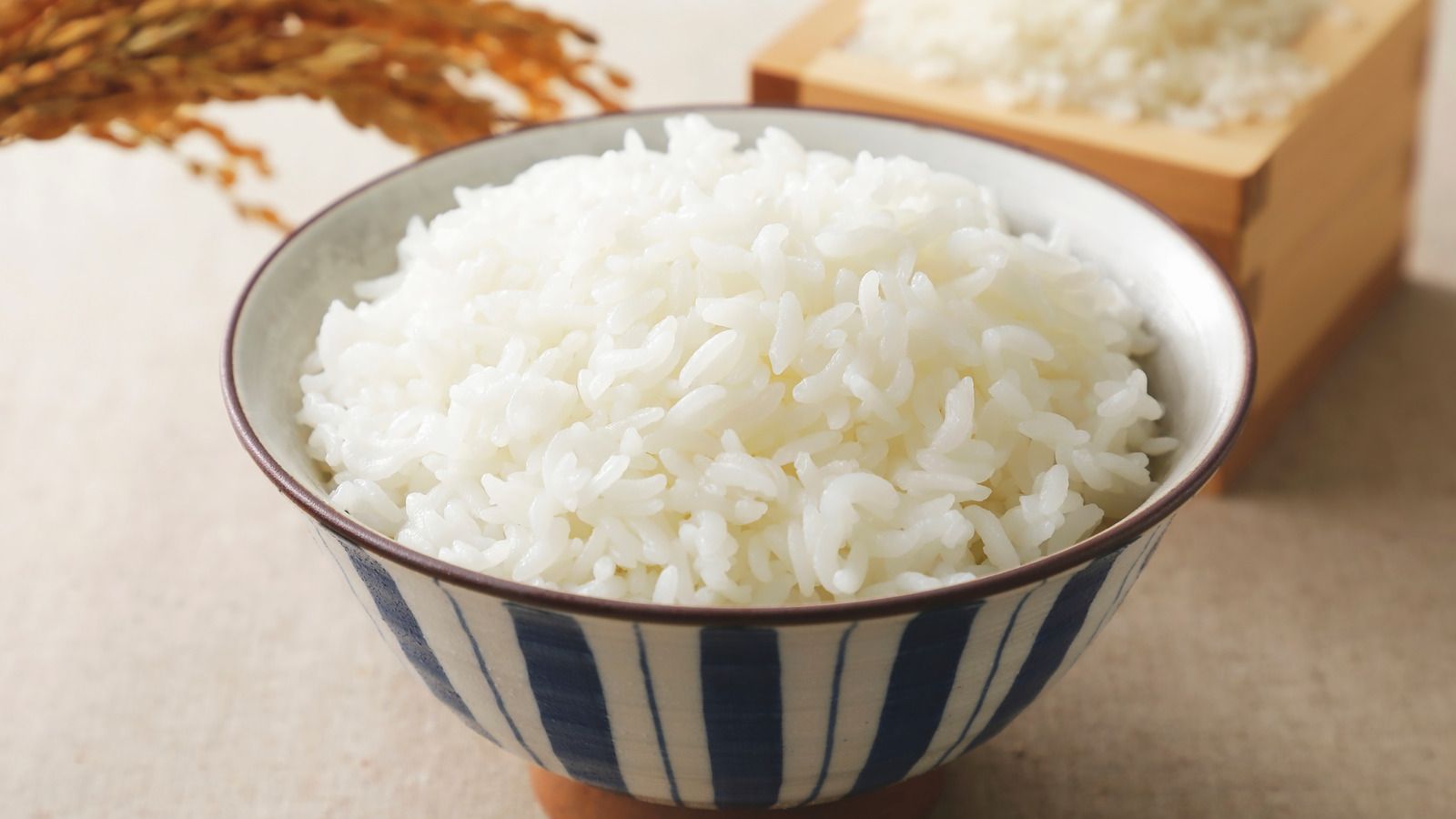
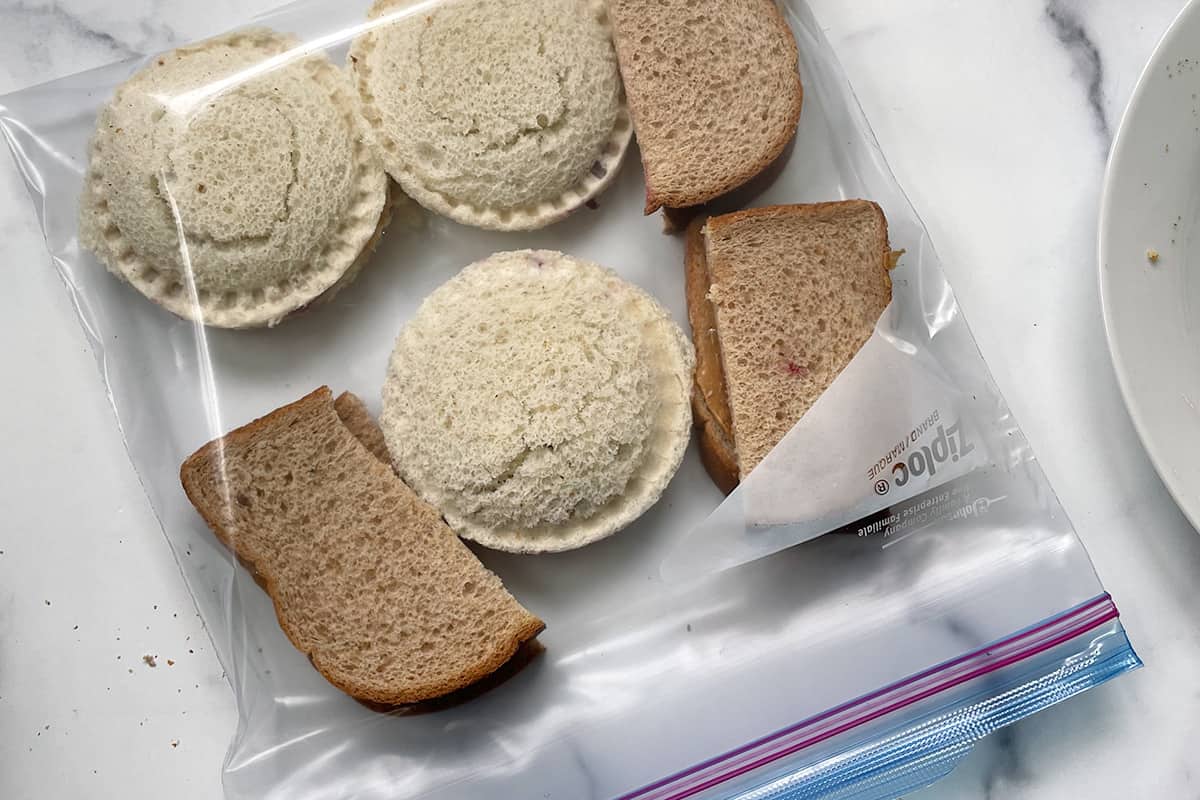
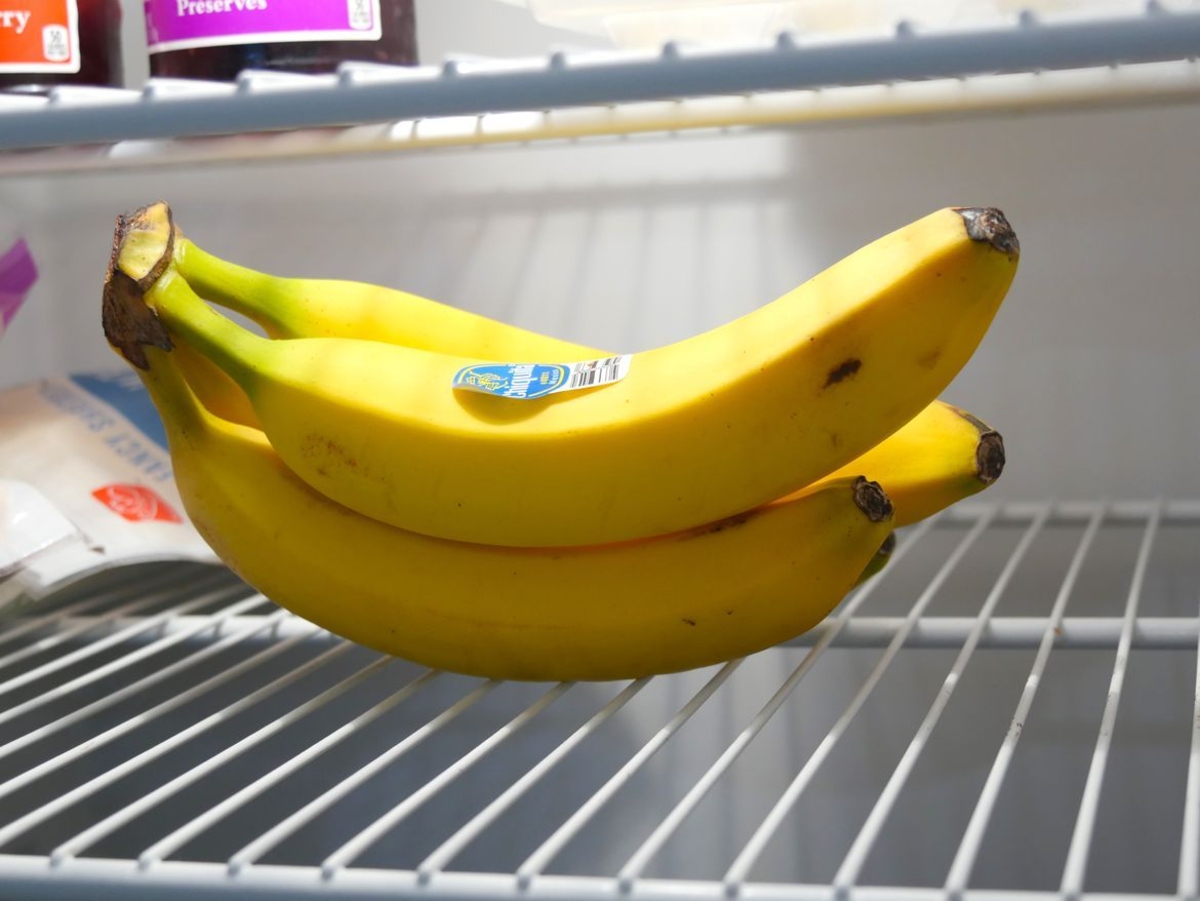
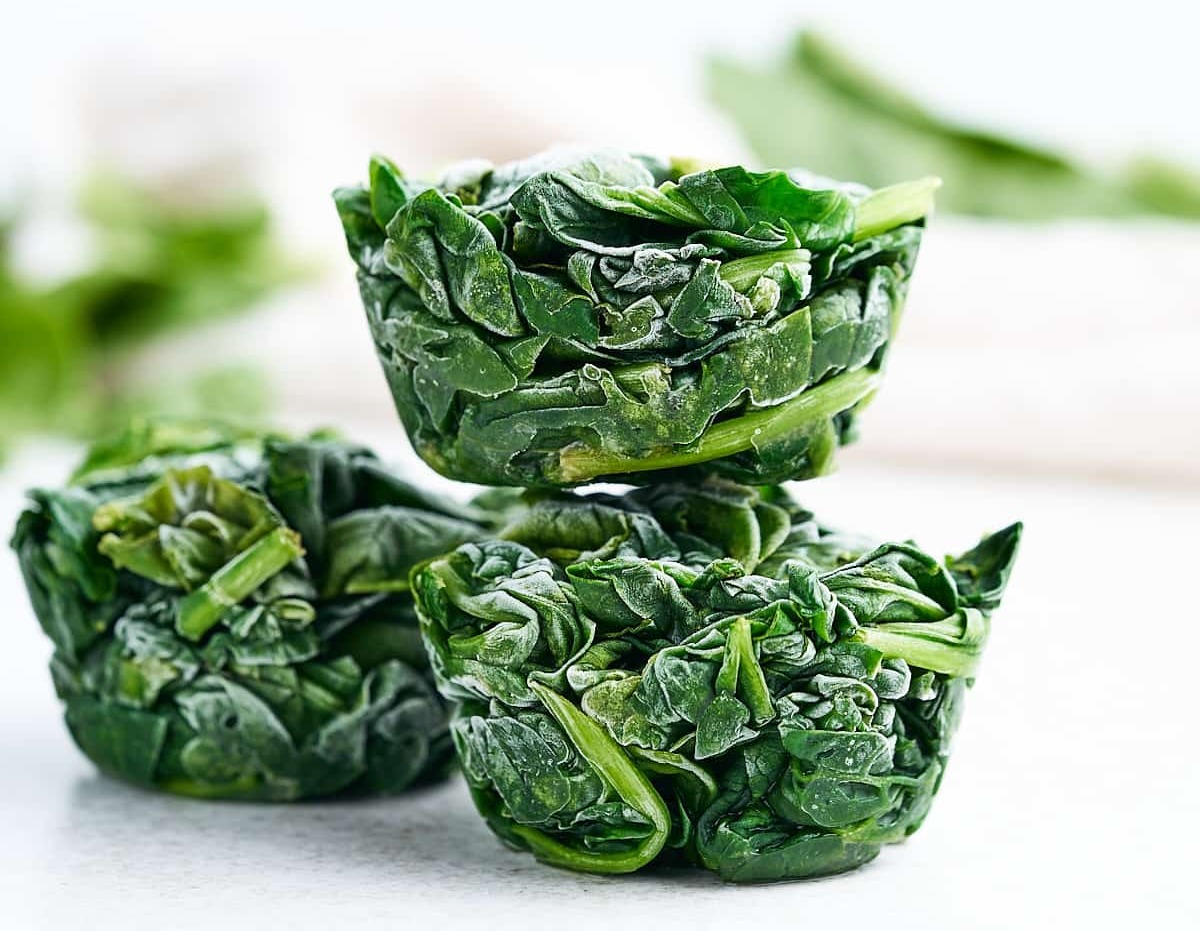
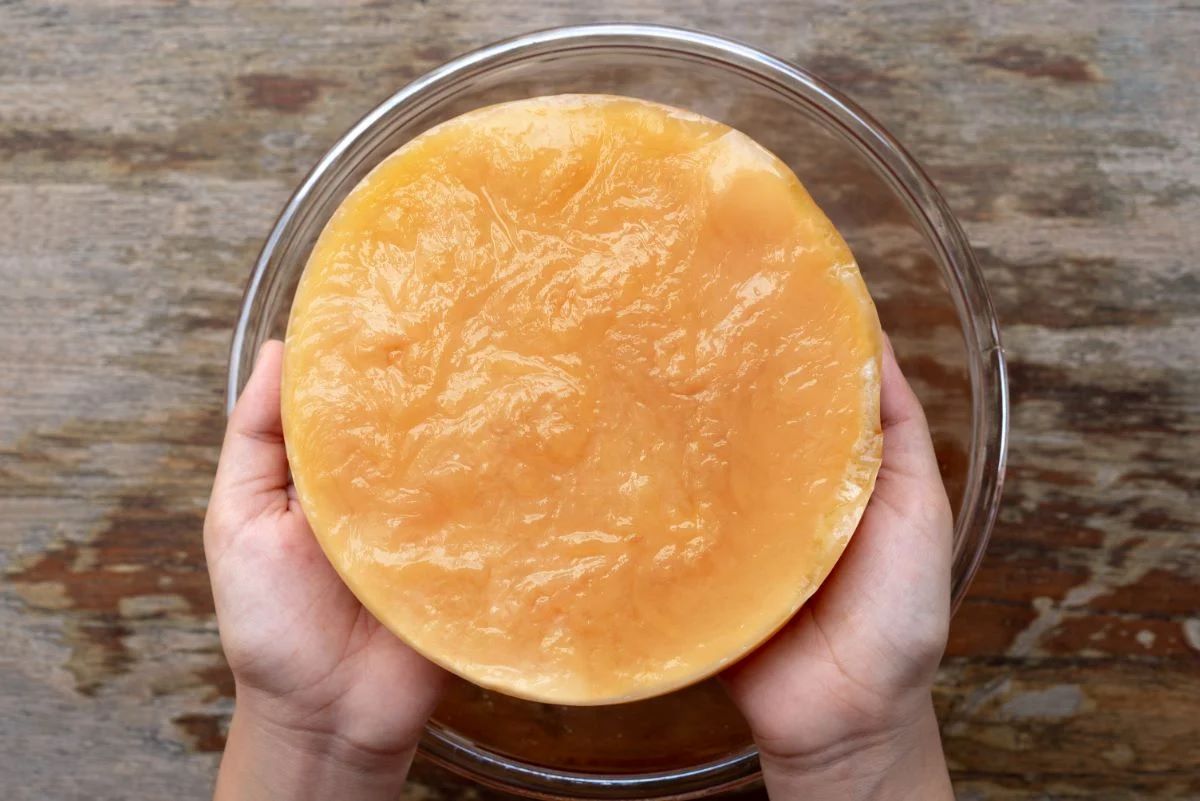
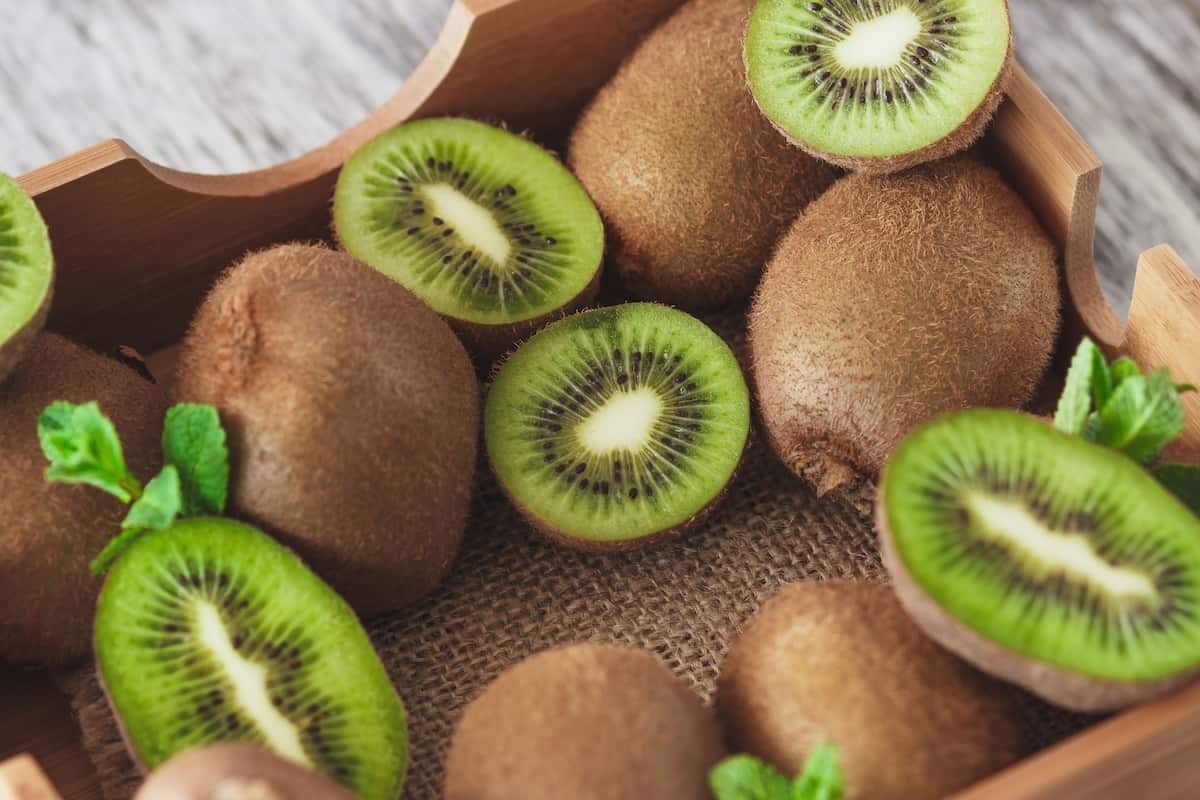
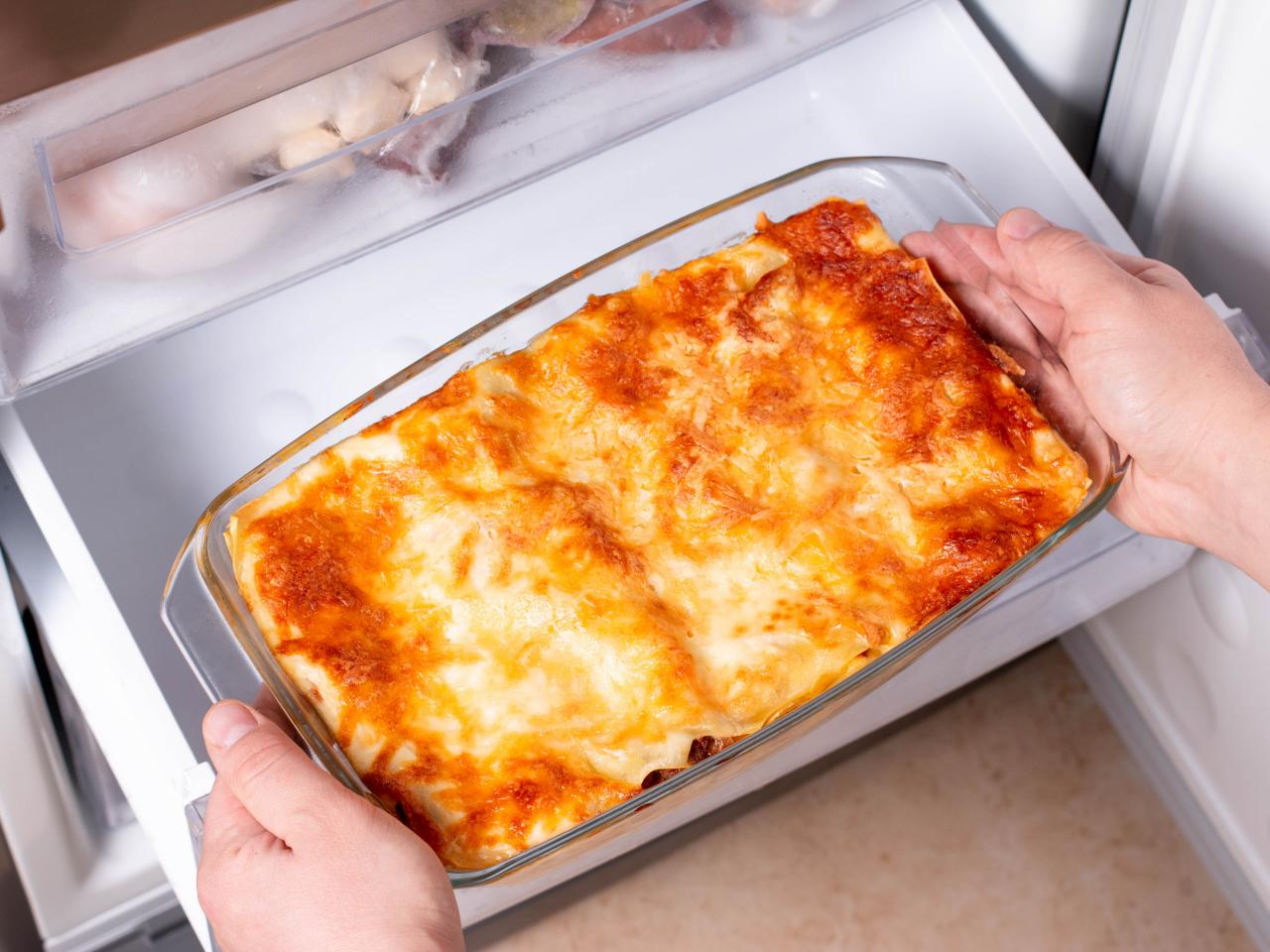
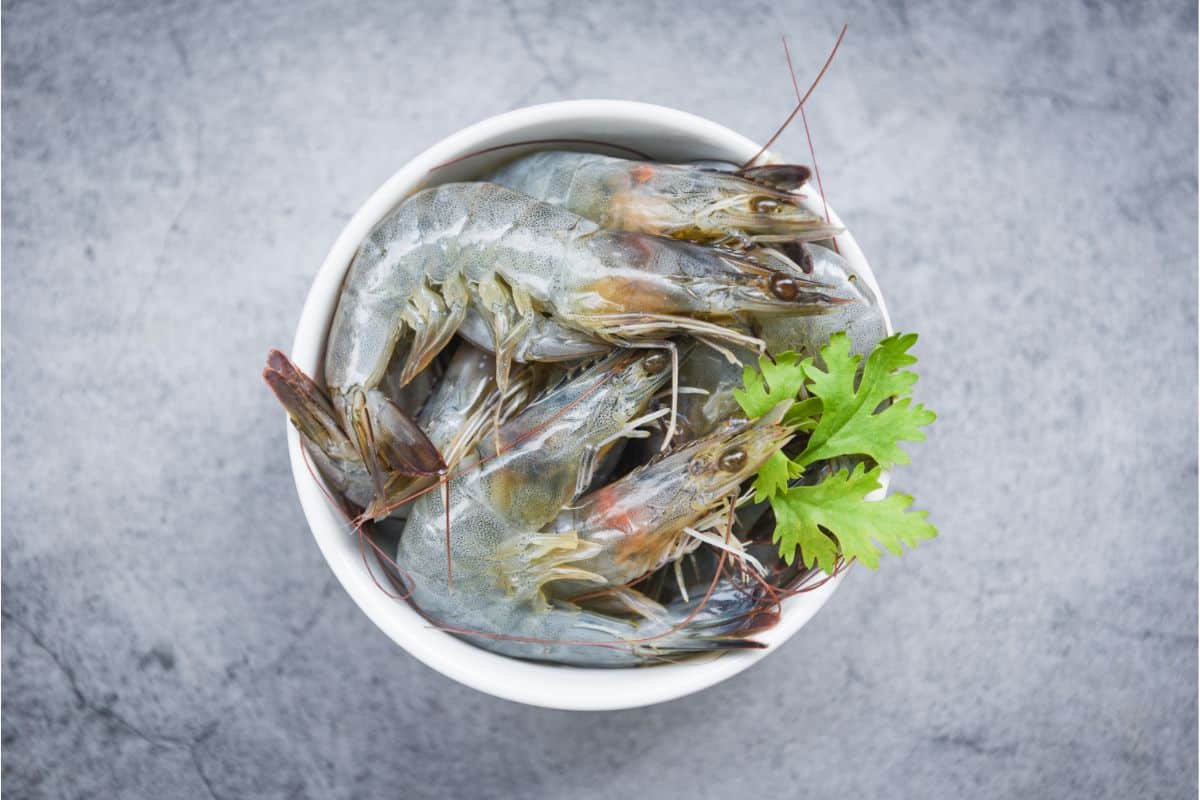
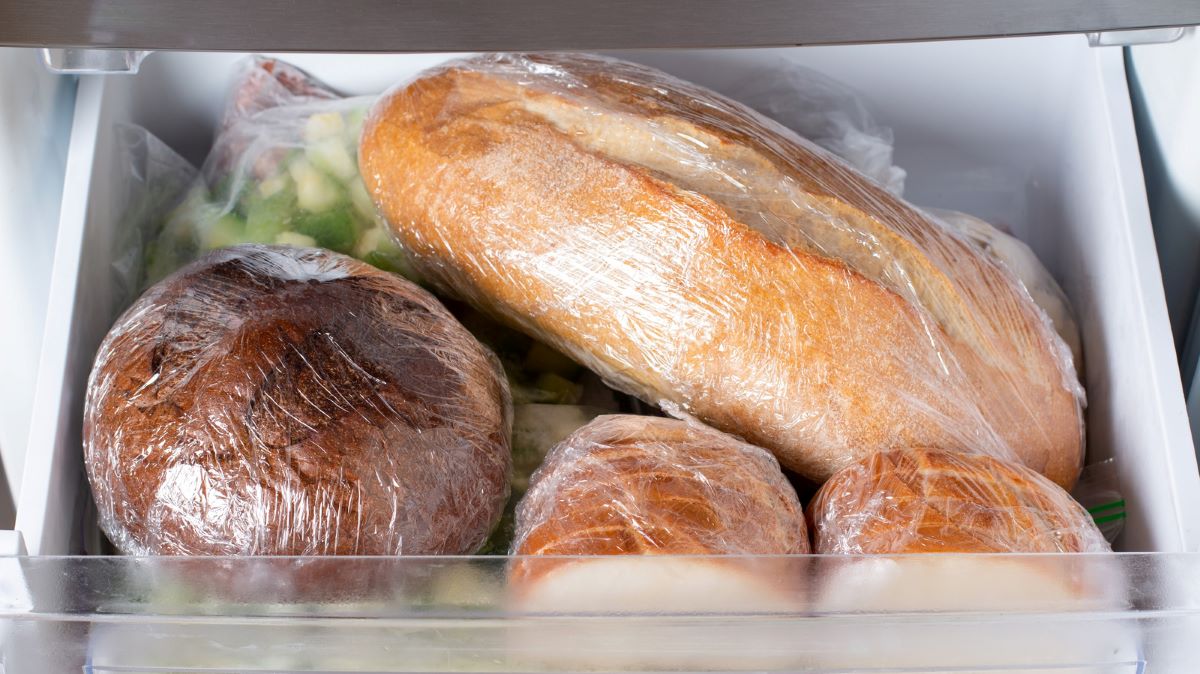
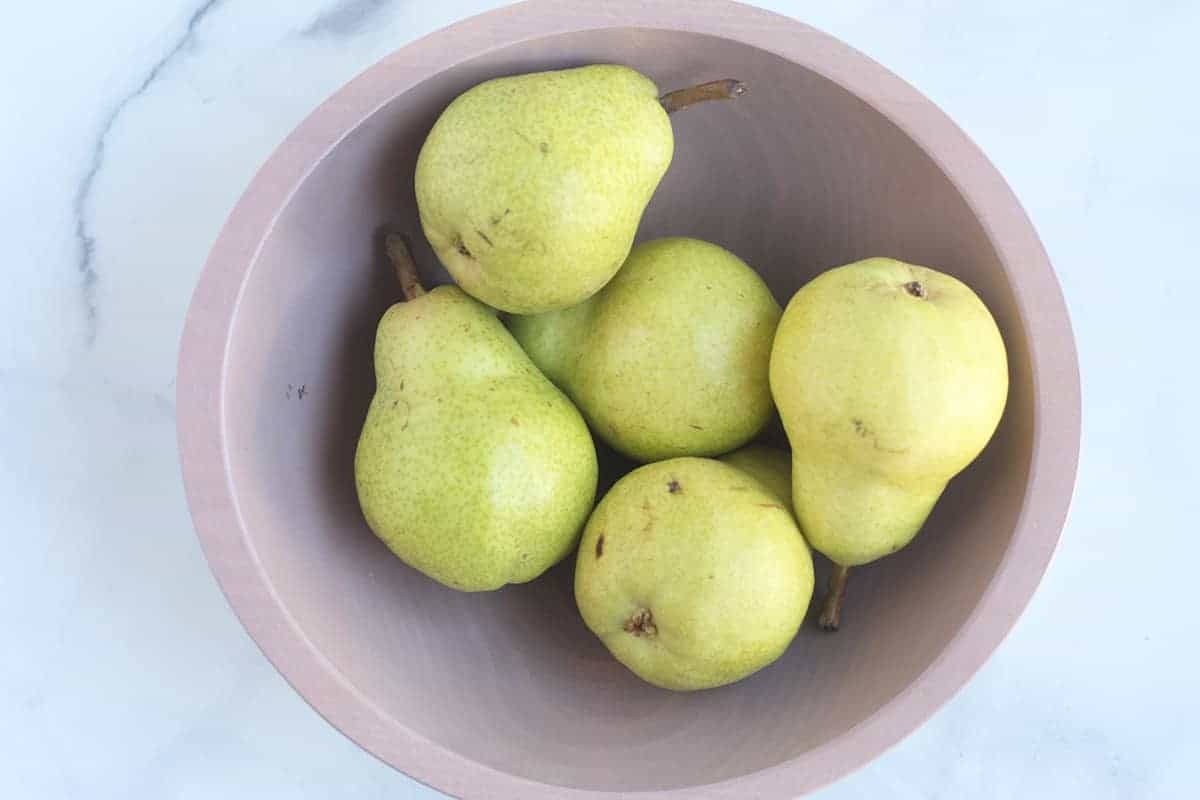
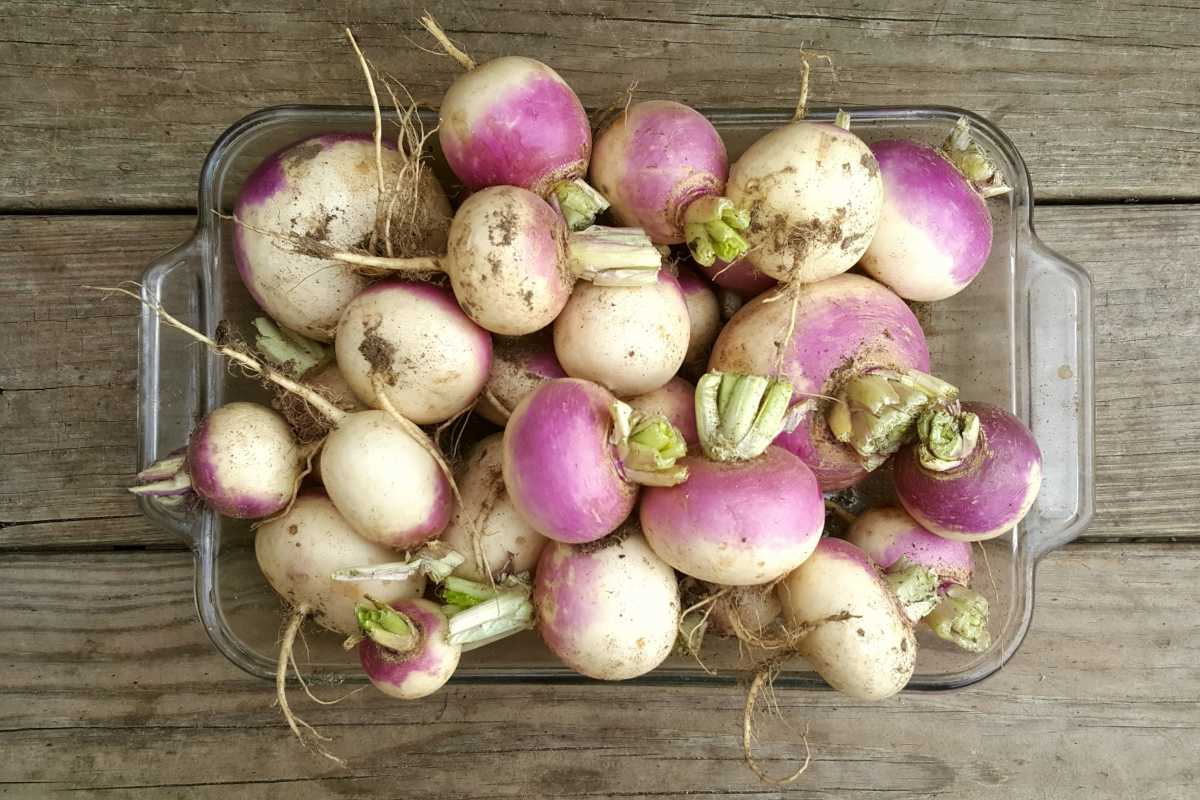
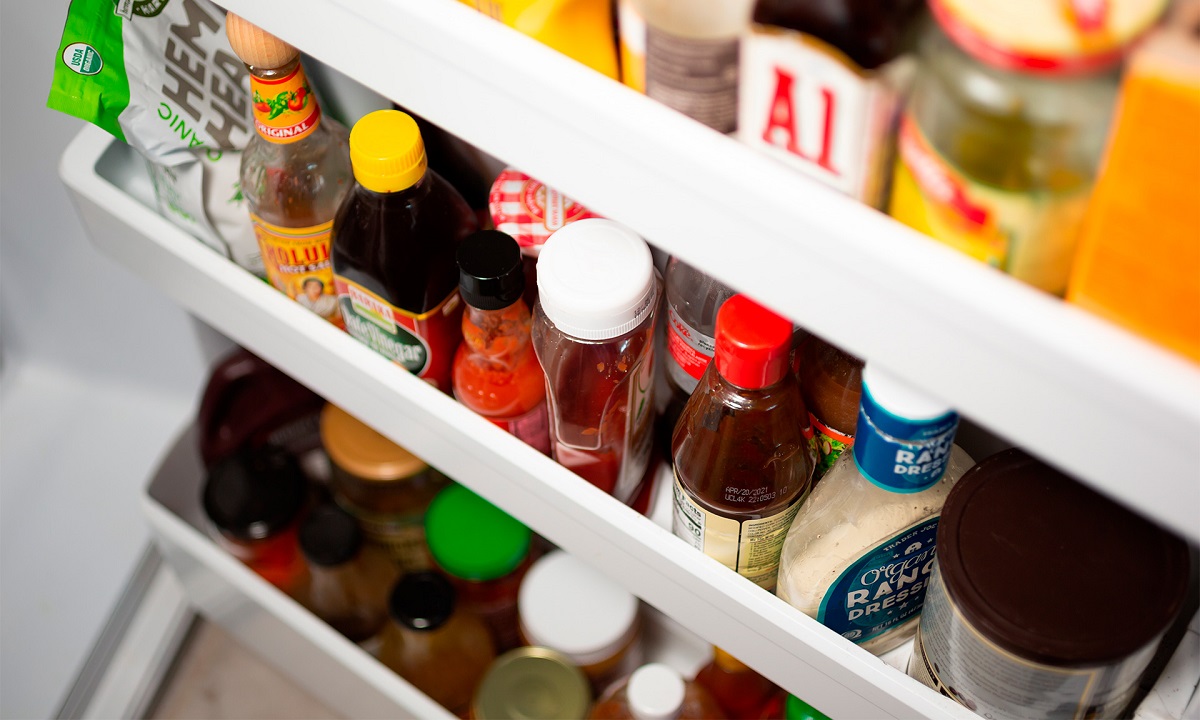

0 thoughts on “How To Store Leeks In The Fridge”